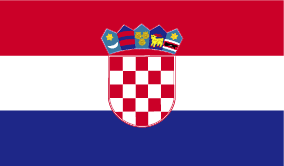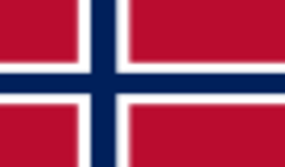Author: Shizuma Shibata
Patient’s gender and age: male, 48 years old.
Chief complaint: patient reported dental sensitivity in the cervical region of teeth 24 and 25 due to radicular exposure.
Initial evaluation: after the detailed clinical exam, non-carious cervical lesions were found on teeth 24 and 25, due to premature contacts and absence of the canine guidance.
Treatment carried out
The treatment of the case consisted in restoring the cervical lesions as well as doing the occlusal adjustment later on. Initially, the professional did the prophylaxis and the absolute isolation for the better exposure of the gingival margins of the lesions and, at the same time, to control humidity.
After the absolute isolation, only the peripheral enamel of the cavity was acid etched with phosphoric acid (Condac 37 – FGM) for 30 seconds, followed by rinsing with air and water jets for 15 seconds and removal of excess humidity with air jets. The adhesive system used for the case was a universal self-etching system (Ambar Universal APS – FGM) which was applied both to the dentin and the enamel in an active way for 10 seconds and then the volatilization of the solvents was carried out with a light air jet for then to proceed with photoactivation.
The restorative phase was carried out with the universal chroma fluid composite (Vittra APS Unique Flow – FGM), a composite that has the capacity to mimic the color of the restored dental substrate, without the need to make previous color selections. Two layers of the composite were applied to the cavity to restore it without excesses. Each increment was photoactivated for 20 seconds. The same restorative sequence was carried out in both teeth separately. After the removal of the absolute isolation, finishing and polishing were done with number 12 scalpel blades, abrasive sandpaper disks (Diamond Pro – FGM) and rubber diamond polishing tips.
Step-by-step


Fig.1. Initial aspect of the case, non-carious lesions in dental elements 24 and 25, with symptomatology of sensitivity to cold.


Fig. 2. Absolute isolation of the teeth to be restored and mechanical gingival retraction with a 212 clamp on element 24.


Fig. 3. Phosphoric acid etching (Condac 37 – FGM) of the enamel margins of cavity.


Fig.4. Application of the universal adhesive system (Ambar Universal APS – FGM).


Fig. 5. Universal chroma fluid composite (Vittra APS Unique Flow – FGM) used for the direct restoration of the cavities.


Fig. 6. Immediate aspect of the restoration on tooth 24.


Fig. 7. 212 clamp positioned on tooth 25 for mechanical gingival retraction and cervical cavity exposure.


Fig. 8. Phosphoric acid etching (Condac 37 – FGM) of the enamel margins of the cavity.


Fig. 9. Opaque white aspect of the enamel after phosphoric acid etching.


Fig. 10. Application of the universal adhesive system (Ambar Universal APS – FGM).


Fig. 11. Application of the omni-chromatic fluid composite (Vittra APS Unique Flow – FGM) in the class V cavity.


Fig. 12. Immediate aspect of the restoration on tooth 25.


Fig. 13. Photography of the dental elements restored after finishing and initial polishing.


Fig.14. Photography of the restored dental elements 7 days later.























